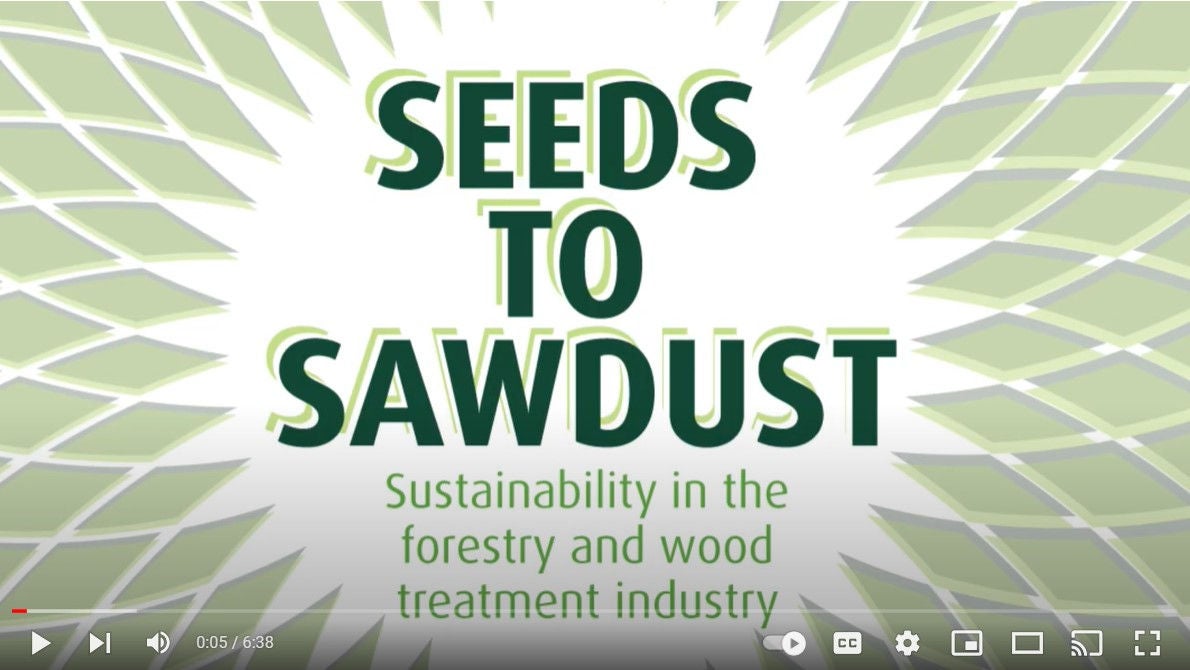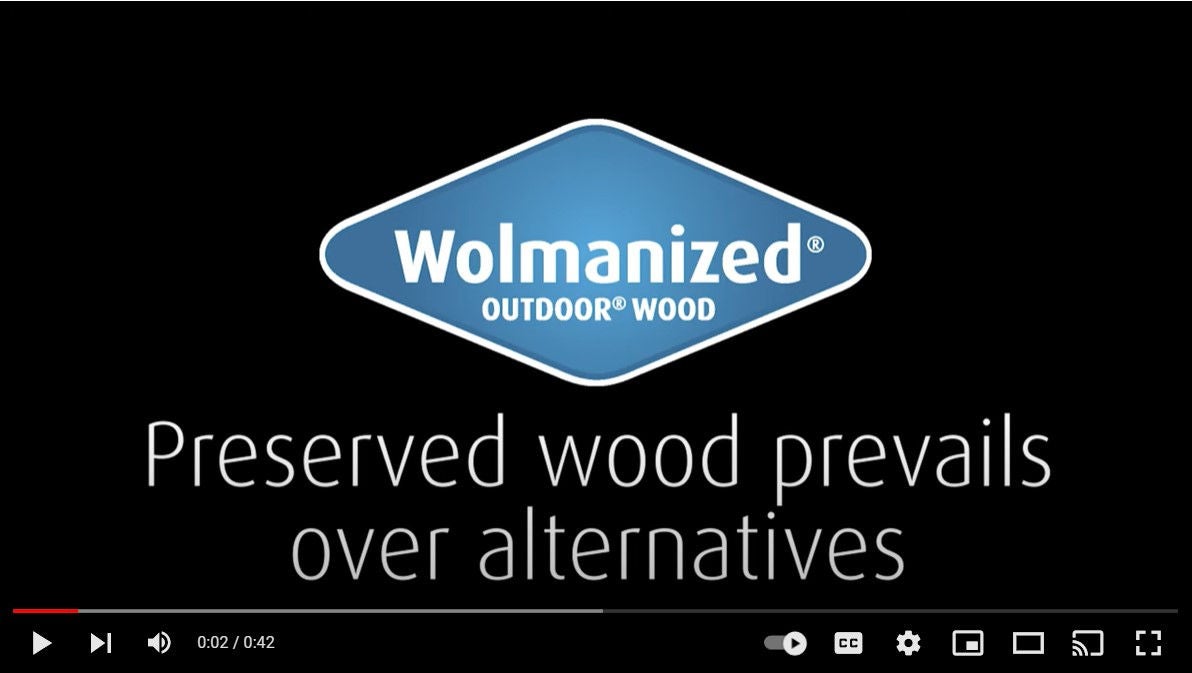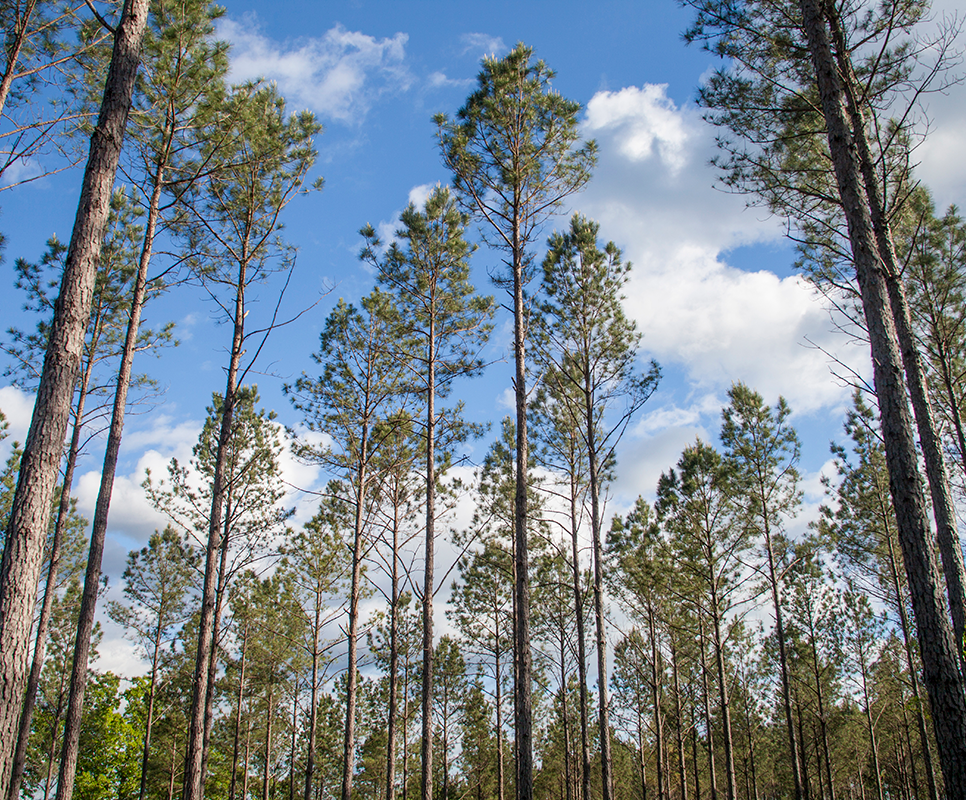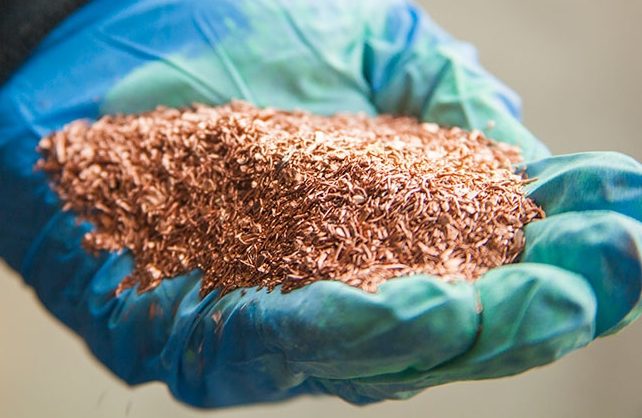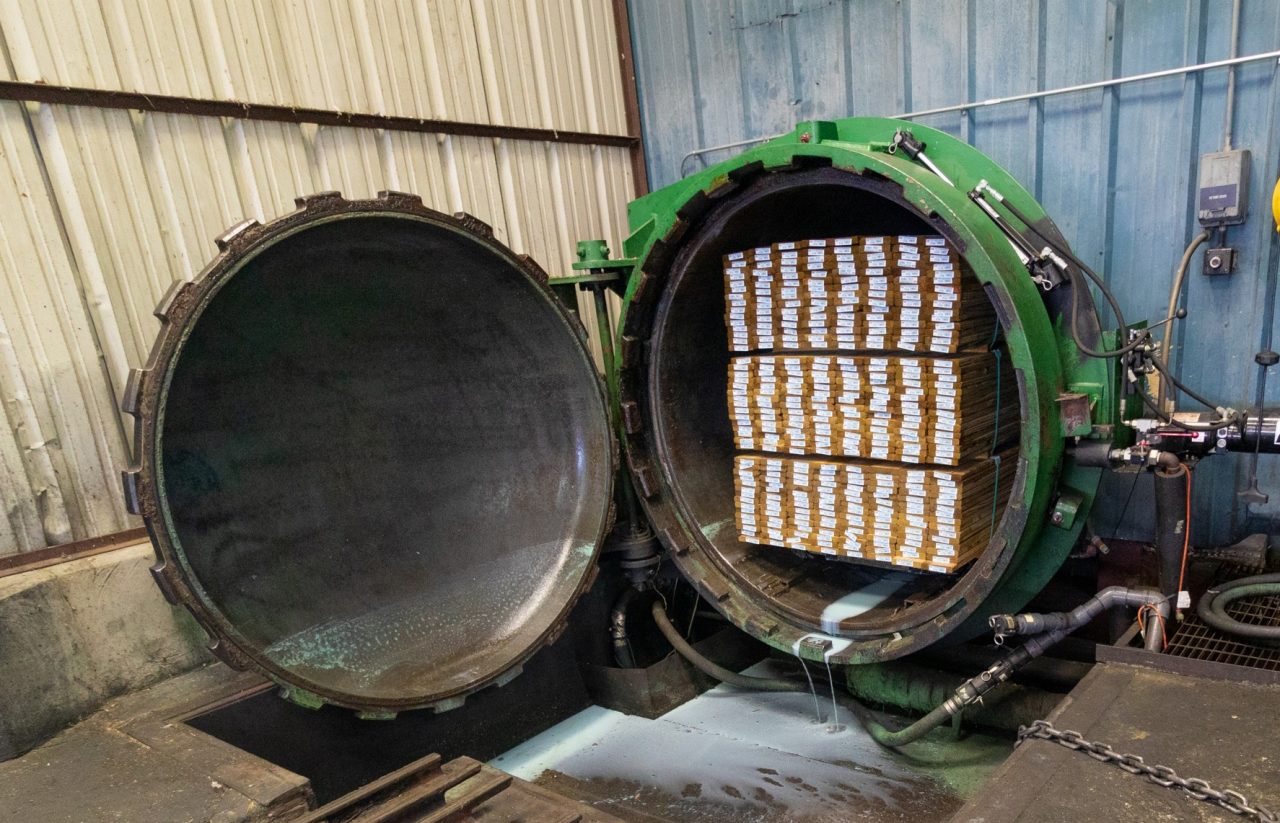Knowledge Center
Envision a world built with wood®
Wood is good. It has been used as a building component for thousands of years. And, for much of
that time, builders have been looking for ways to preserve the wood so that it lasts longer while still reflecting its natural beauty.
Spend some time here to learn more about wood with its environmental benefits and usability and the treatment processes that protect wood giving it longevity. You can also get some plans to create your own DIY projects as well as gain knowledge on the proper care and maintenance of your outdoor projects.
